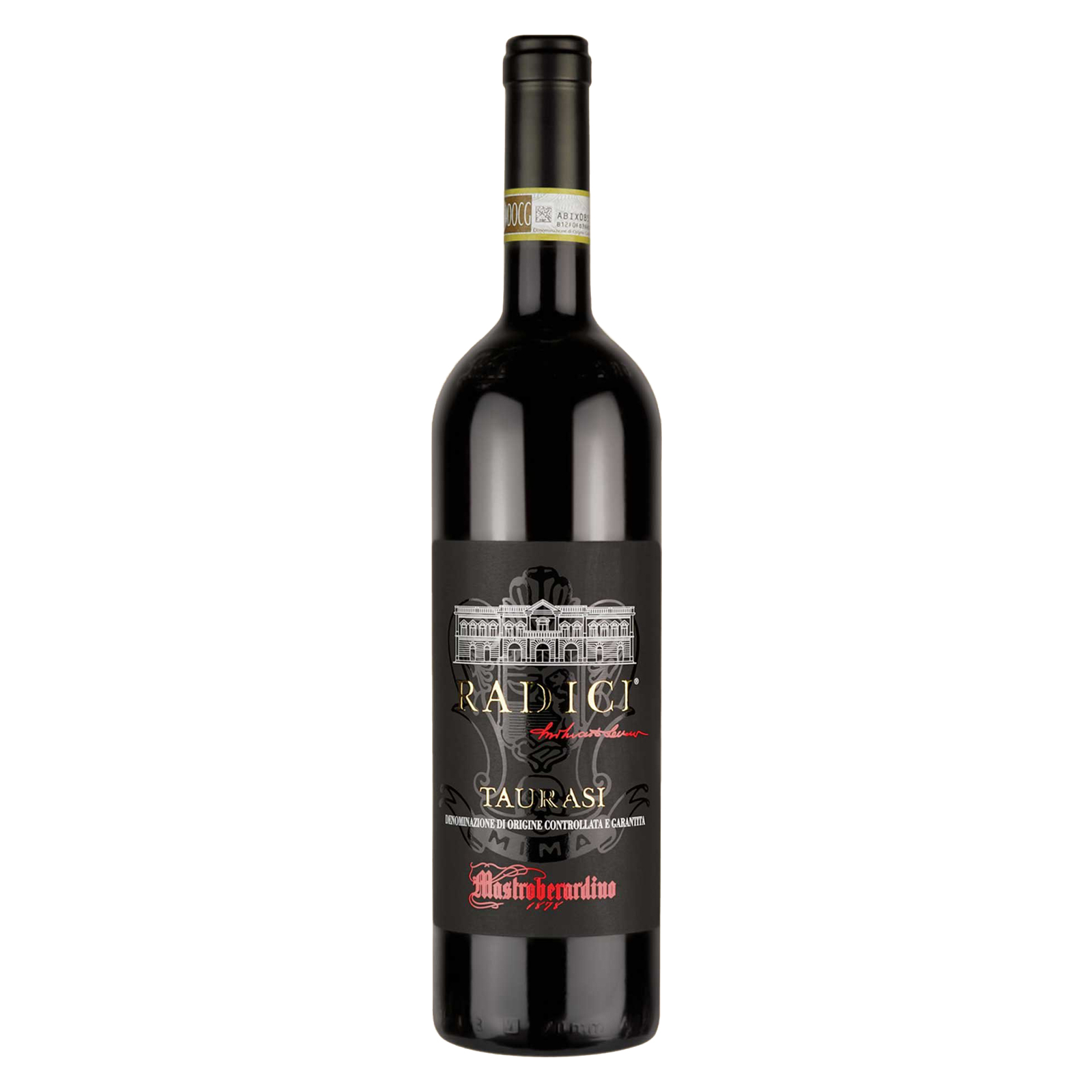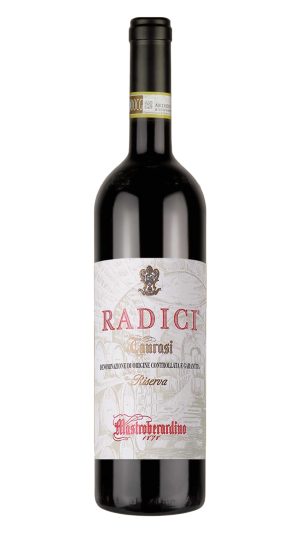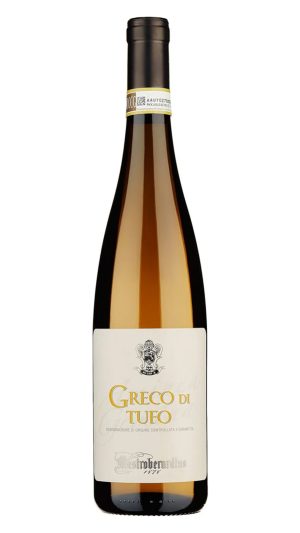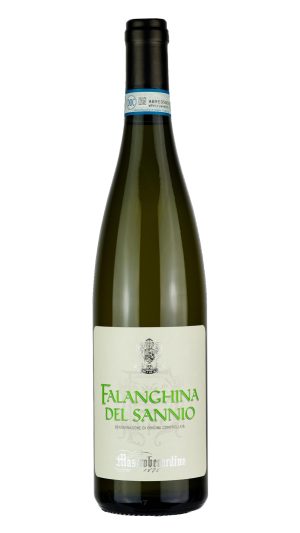Mastroberardino “Radici” Taurasi DOCG 2019
Type: Red
Country: Italy
Region: Campania
Grape Variety: 100% Aglianico
Viticulture: Organic Farming
Climate: Mediterranean with hot dry summers, cool wet winters, and afternoon sea breezes to keep grape acid levels high and grape skins thick
Terroir: Grapes are sourced from the two estate vineyards in Montemarano and Mirabella Eclano. Montemarano is a historic site in Taurasi production, in the southernmost part of the DOCG area. It has a south-east exposure and clay soil. The vineyard sits at 500-650m a.s.l. and has an average vine age of 20 years. The vines are Cordon spurpruned with Espalier training and planted at a density of about 4,000 vines/hectare (or 1,600 vines/acre). Yields average 5,000 kg/ha (or 4,460 lbs/acre) and 1.3 kg/vine (or 2.87 lbs/vine). Mirabella Eclano vineyards are south-west facing. Deep and sandy loam soil includes traces of limestone, clay, and some volcanic matter, and is well-draining. The vineyard sits at 350-450m a.s.l and has an average vine age of 40 years. The vines are Cordon spur-pruned with Espalier training and planted at a density of about 5,000 vines/hectare (or 2,000 vines/acre). Yields average 5,000 kg/ha (or 4,460 lbs/acre) and 1 kg/vine (or 2.20 lbs/vine)
Ageing: Manual harvest takes place at the end of October and early November. Fermentation in stainless steel is followed by a long maceration period at temperature-controlled in stainless steel tanks. Aged for 24 months in French oak barriques and Slavonian casks, followed by a minimum of 24 months refinement in bottle. Radici Taurasi has an ageing potential of 50 years or more
Color: Deep ruby red
Nose: Full, complex, and intense, with notes of cherry, violet, wild berries, and a distinctive spicy aroma
Palate: This elegant wine has flavours of plum, black cherry, strawberry, and intense spices
About the Winery:
Viticultural saviors. Quality revolutionaries. Winemaking pioneers.
The Mastroberardinos have been called many things over the course of their rich, 10-generation history. But above all else, they are Campania’s greatest champions and are responsible for a quality renaissance in the south that’s turned them into a global leader in viticulture and varietal rehabilitation.
The family settled in the town of Atripalda, Campania in 1747, putting down their radici produndi (deep roots) in the bucolic district of Irpinia during the reign of the House of Bourbon. An important local family, the Mastroberardinos built a prosperous winemaking business, farming grapes and producing their own wine. But the family’s mettle would be tested as war, depression, a cholera epidemic, and an outbreak of phylloxera rocked the region in the early half of the 20th century.
With the family’s operations and vineyards left in ruins after World War II, ninth-generation Antonio took on the daunting endeavour to rebuild and expand. But he wanted to do things his way — the traditional way. So, while his counterparts across Italy were opting to plant popular international grapes, Antonio vehemently advocated for the revival of indigenous varieties, especially nearly extinct local grapes Fiano, Greco, and Aglianico.
In 1968, he bottled a trio of Taurasi Riserva wines, labelled with the names of specific areas within Taurasi where the grapes were harvested. This concept of site-specific designation was a groundbreaking approach in Italian viticulture and, while those three wines are no longer produced, Antonio’s foresight and innovation brought attention and prestige to Campanian wines and helped ignite a quality winemaking revolution in the region.
Today, Piero Mastroberardino, Antonio’s son and the 10th generation, is the force behind the family’s estate and legacy. Alongside chief winemaker, Massimo di Renzo, Piero is carrying his father’s unwavering resolve and vision into the future with one goal in mind — to continue to showcase Campania as one of the world’s top regions for fine, terroir-driven wines.




